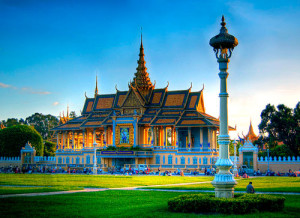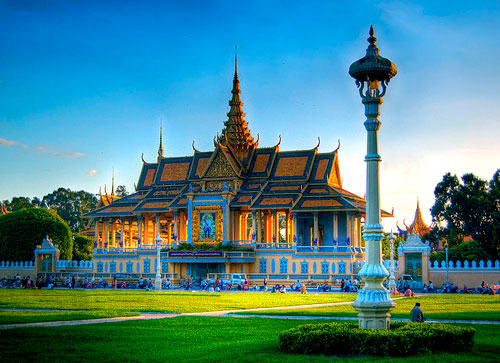 Cambodia has had a turbulent past, which has included many dramatic transitions. Several of these transitions have had serious implications for education. However, education activities were revived during the 1980s and have taken a new direction since the early 1990s. Over the last decade, higher education in Cambodia has witnessed phenomenal expansion due to the increasing attention given to it by both the government and the private sector.
Cambodia has had a turbulent past, which has included many dramatic transitions. Several of these transitions have had serious implications for education. However, education activities were revived during the 1980s and have taken a new direction since the early 1990s. Over the last decade, higher education in Cambodia has witnessed phenomenal expansion due to the increasing attention given to it by both the government and the private sector.
This makes it a good location for the recent conference of the Association of Southeast Asian Institutions of Higher Learning, or ASAIHL, held in December. The main focus was on access and excellence. Both are very relevant to the development of higher education in Cambodia.
There are 110 higher education institutions, or HEIs, in Cambodia, under the supervision of 14 different ministries, among which 44 (40%) are public HEIs. In 2013-14, around 250,000 students were enrolled in HEIs. The gross enrolment ratio, or GER, has increased from 1.4% in 1998 to 11.1% in 2008, and then to 15% in 2014.
As the Cambodian economy has shifted from basic agriculture and services to higher value-added manufacturing and service sectors, the government recognises the need for more tertiary-educated workers and is looking to increase access and enhance the quality of higher education through various projects, programmes and mechanisms.
One way is through the gradual internationalisation of higher education, mainly via the development of online courses, student mobility, the establishment of branch campuses of foreign universities and the presence of foreign teaching staff. Currently, around 1,000 Cambodian students are studying abroad at tertiary education level and some 152 foreign students have been studying in Cambodia.

